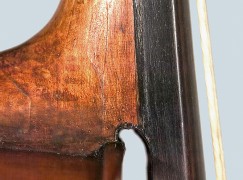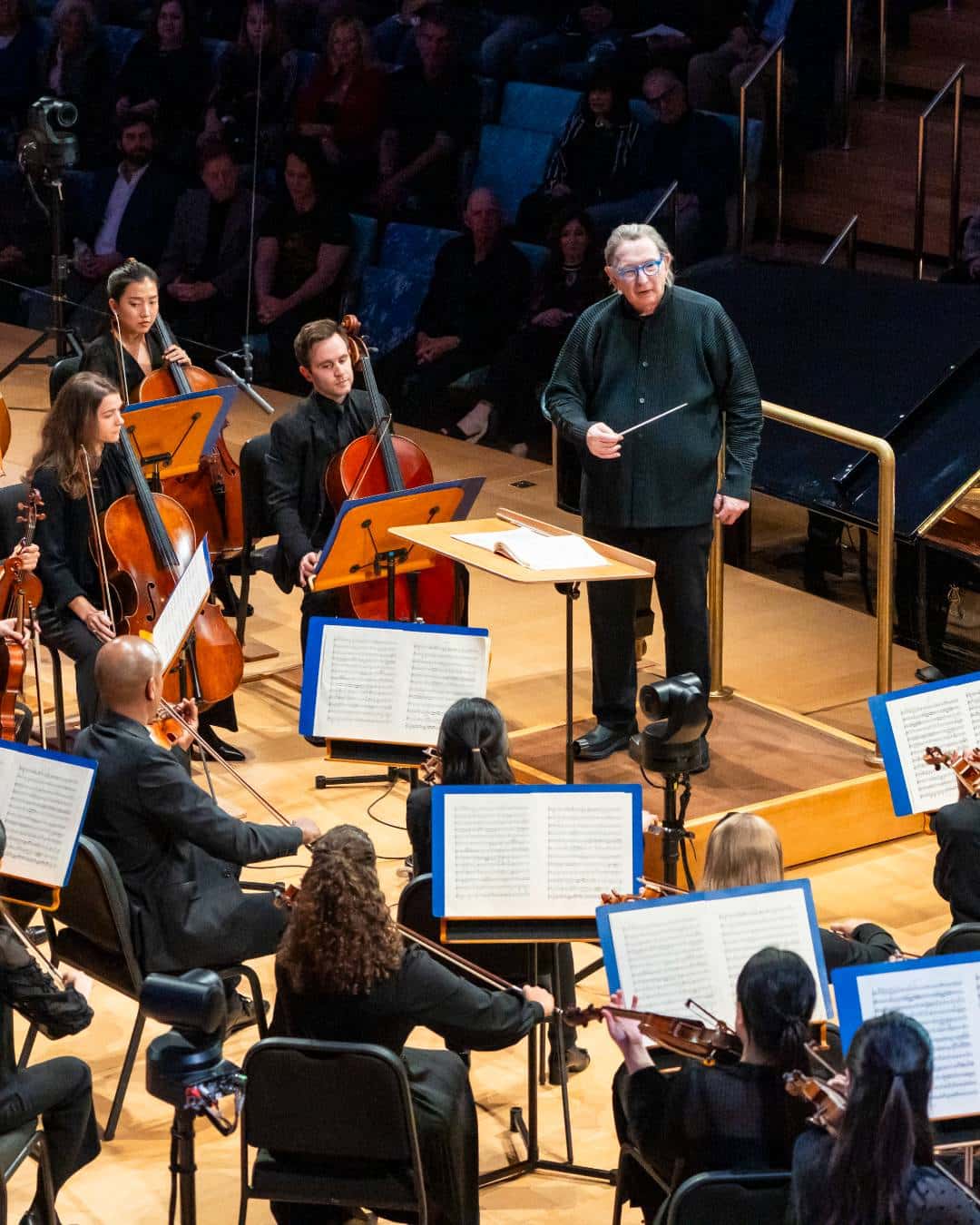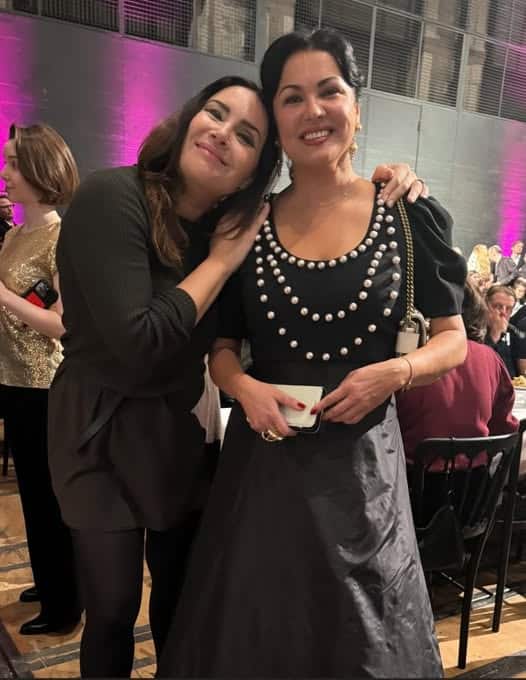Violin found in attic is a 1705 Guarnerius
mainThe Strad reports that an object lying around in an Italian attic has been credited, after scientific tests, to Giuseppe Guarneri ‘filius Andreae’.
The could be worth close to a million dollars to the lucky anonymous owner.
Report here.






Comments